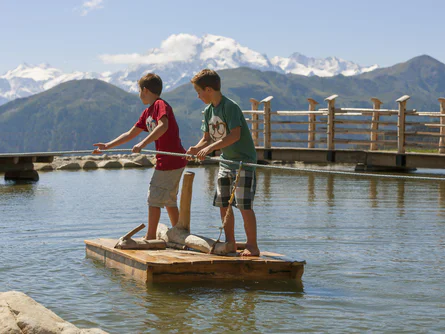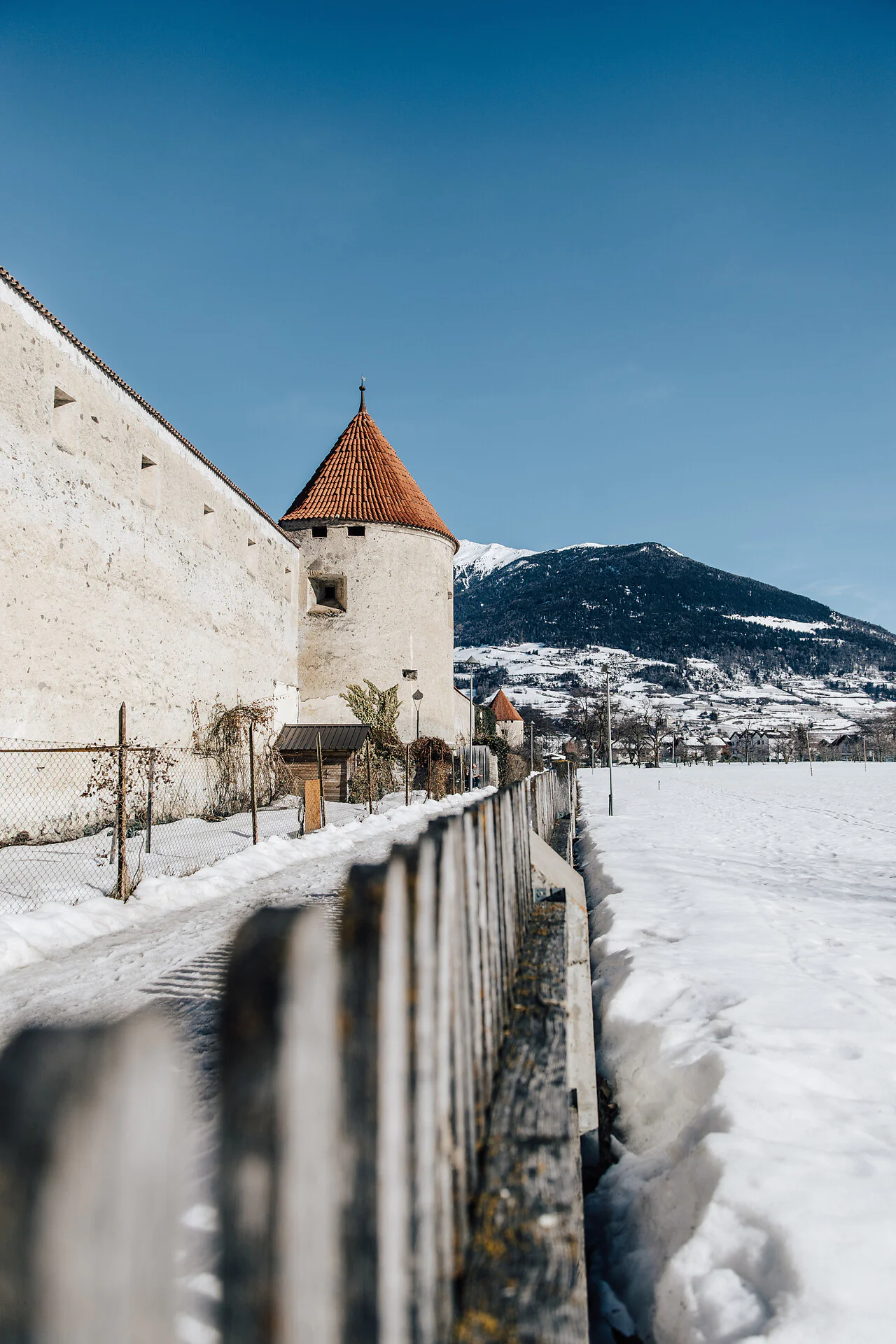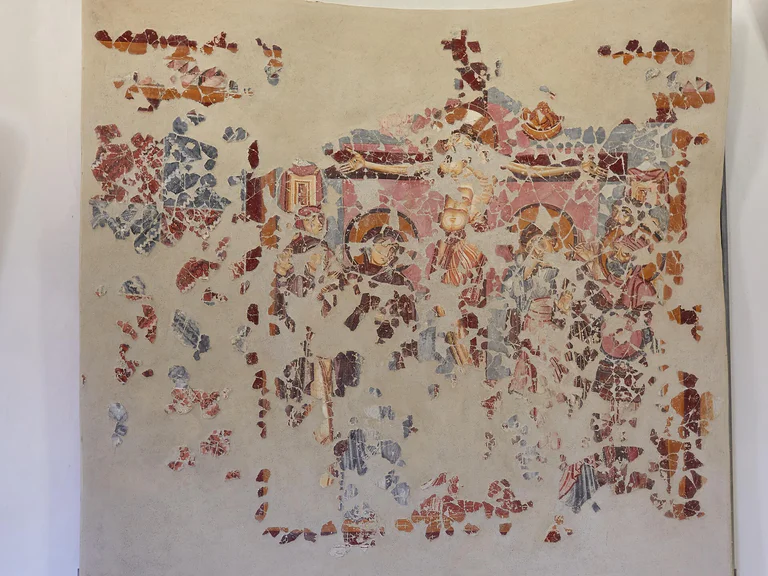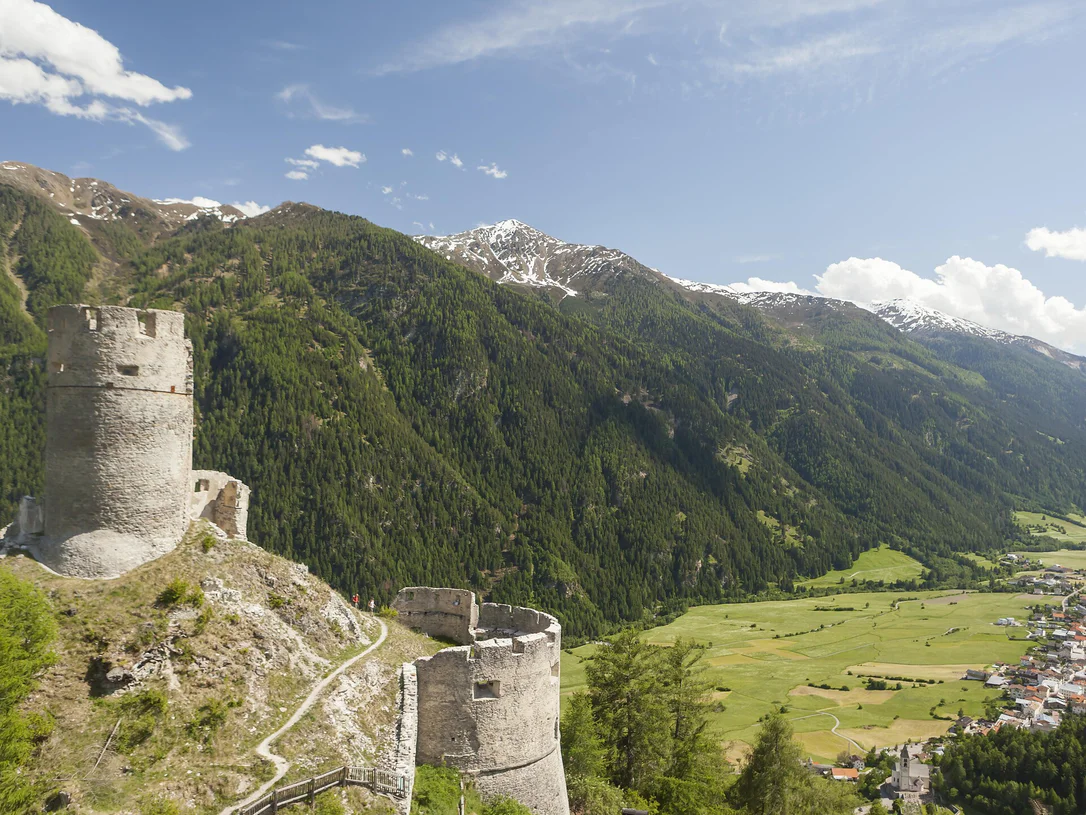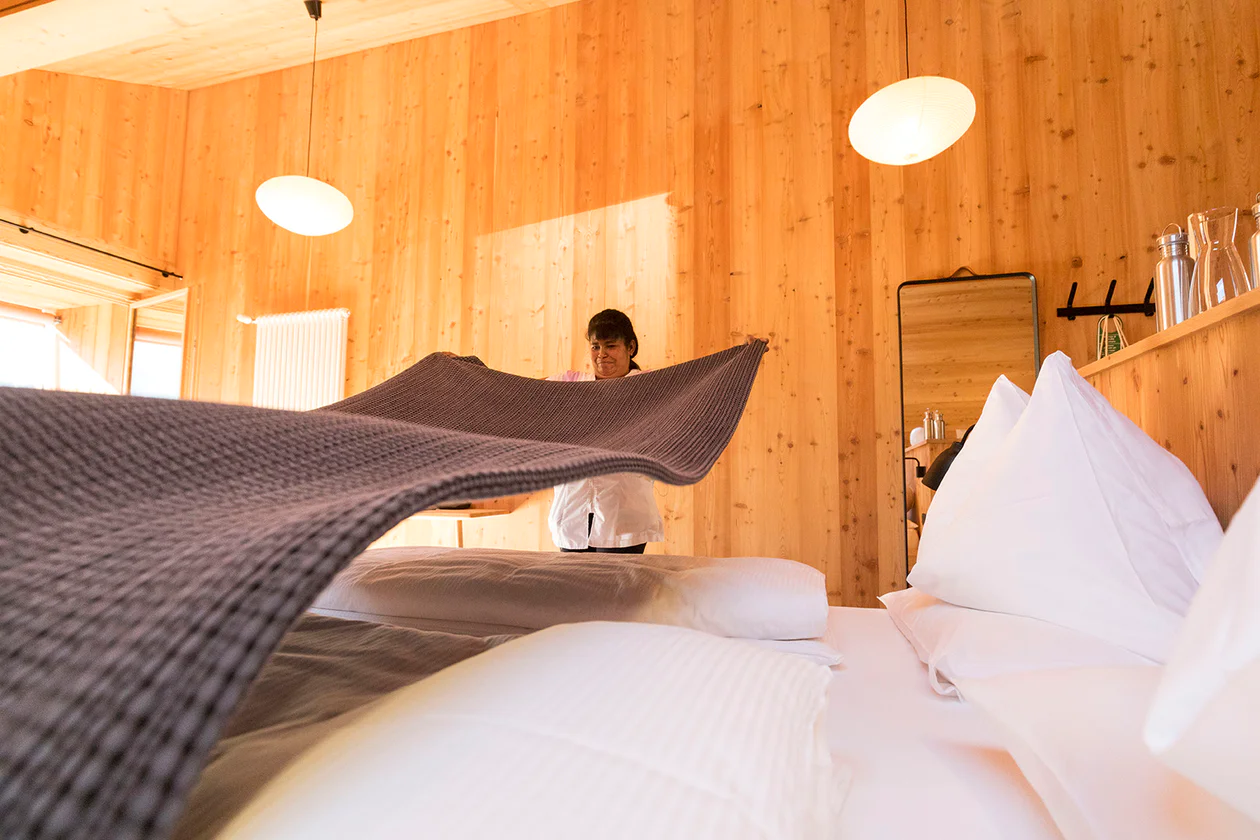Glurns, the smallest town in South Tyrol, works its magic on every visitor with its charming medieval atmosphere, perfectly preserved town walls and its three picturesque gate towers. Virtually unchanged since the 16th century, there are echoes of the eventful history of this former trading town around every corner. With its romantic character, rich culture and idyllic surroundings, Glurns is a real alpine jewel. It is our pleasure to invite you to our beautiful town to share with you magical moments, historic festivals and spectacular cultural events.
While the beginnings of the village of Glurns probably go back to the Carolingian era, the first actual mention dates from 1163. Southeast of the clustered village on the bridge over the River Etsch, Meinhard II of Gorizia-Tirol created a city around the year 1290 in order to secure his power in the Upper Vinschgau Valley against the Bishop of Chur. This new settlement was described as a “burgum” in the year 1294. The two settlements – the village and the city of Glurns – existed for some 200 years alongside each other. After the destruction suffered during the Battle of Calven in 1499, the Habsburgs, especially Maximilian I, had Glurns fortified as a bulwark against the forces of Graubünden; the centres of the two settlements were thus connected by means of the new city walls, still in existence today. Among the oldest buildings that exist to this day are the residential and defensive towers, especially the so-called “Glurns Castle”, and the Spatzenturm tower in the southwest corner of the old town. The 16th century constructions succeed in dominating the city’s contemporary appearance.
